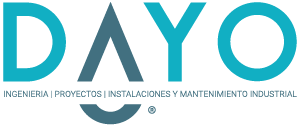PURIFICATION OF RESIDUAL WATER FROM THE FISHERIES INDUSTRY
Characteristics of discharges from the fishing industry
Processing is automatic in most cases, or it is manual in domestic industries.
- After cleaning, the fish is decapitated, the bones are removed and the fillets are made, sterilized and packed.
- A large amount of water is required for the entire process that meets hygiene standards, as highly polluted wastewater is produced, where preservatives, salt, vinegar, oil, fat and blood are abundant .
The treatment process
Depending on the degree of purification of the water, according to the discharge regulations of each country, the most common processes used are the following:
- Crushing and sifting;
- Separation of fat by flocculation (coagulation);
- Homogenization;
- DAF type dissolved air flotation (with or without chemicals);
- In this process the waters are well purified and a large amount of organic matter and suspended solids is significantly reduced. However, the presence of soluble organic material means that it must be subjected to a biological process of active fungi;
- The presence of salts can be an obstacle to the discharge, therefore the salts must be removed through the reverse osmosis process.
Conclusions
The treatment plant facilities for the fishing industry include:
- Aid and conservation of aquatic, land and maritime resources;
- Prevent pollution in fishing areas where discharge is direct into the sea, near population centers or in tourist areas;
- Recovery of by-products for the manufacture of fish meal or similar.




